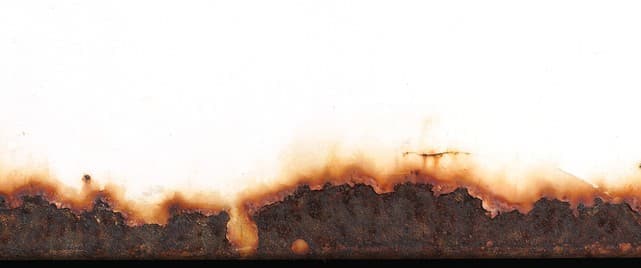After powering to new highs in the Spring, metal prices continue to slide. Iron ore, aluminum, and copper have all fallen to varying degrees, and those merely represent the largest volumes. Meanwhile, the bulls continue to retreat while demand fears trump supply fears. Prices surged earlier this year based on several predictions. The first was that rapidly rising energy costs would restrain supply. The second being that the loss of Russian supply would drive prices up. However, long positions continue to cut as the market factors in concerns that those very same high energy prices are pushing Western economies into recession.
In the short term, sharp rises in interest rates by central banks continue to put further pressure on investors’ expectations for higher prices. Of course, even these spike are largely due to energy costs pushing up inflation.
China’s Every Move Affecting Metals Prices
Following suit with most cases of most metal prices, China is the main driver responsible for pushing costs both up and down. And with nothing but bad news coming out of the Middle Kingdom, it’s hardly surprising that – for the time being – most experts anticipate continued weakness.
China’s Caixin index, which reports on industrial activity, officially entered negative territory last week when order levels fell. This came after two months of continued expansion. The country continues to struggle in the face of repeated localized lockdowns and power rationing. Both are mainly due to droughts, which have shuttered manufacturing across many provinces.
Power constraints are starting to relax, but one of the main planks of the economy, the construction sector, remains mired in debt. Many developers are unable to complete projects, and buyers continue to threaten to stop mortgage payments for properties bought “off plan.” This is because it’s not unusual for Chinese buyers to complete or start paying the mortgage while the property is still under construction.
Beijing has so far made modest reductions in interest rates – contrary to nearly every other major economy in the world. However, these moves have hardly impacted the property sector at all.
Learn how to gauge metal prices in MetalMiner’s free September Webinar. Sign up here!
Rising Interest Rates Threaten Metal Prices Further
Meanwhile, the dollar continues to strengthen while interest rates creep up elsewhere (most notably in the US). When the dollar rises, commodity prices (usually traded in dollars) tend to fall and become more expensive in other currencies.
The dollar has already hit parity with the Euro. It also recently hit levels against the pound not seen since the 1980’s. This caused investors to turn away from Europe and the UK due to the same recession fears impacting metal prices.
Related: UK Puts A Cap On Household Energy Bills
Those catastrophic supply constraints haven’t gone away, either. Copper, in particular, has very dodgy fundamentals, and aluminum, zinc, and copper are all at extremely low inventory levels on the LME and CME.
At some stage, the dearth of physical metal and lack of investment in new mining projects will seriously impact raw material supply. However, it’s the impact of rising energy costs that is of immediate concern, at least in Europe.
Non-Ferrous Metals Feeling the Strain
A recent FT post reiterated dire warnings from Europe’s nonferrous metals trade body, Eurometaux. The article highlighted the “existential threat” of partially or fully shuttering manufacturing in the face of unimaginable power costs. Specifically, these decisions may endanger the long-term survival of Europe’s smelting industries as aluminum, zinc, copper, ferro chrome and, by extension, EAF steel.
While the region was always a high-cost power location, smelters generally operated under preferential long-term power agreements. Some of those link to current market prices, but many fixed contracts expire at year’s end.
ADVERTISEMENT
Unless Brussels steps in with massive support measures such as subsidies or enforced price caps, many more smelters will close this winter, meaning metal prices will continue on an erratic path. Some of them may never reopen. For now, recessionary fears dominate the decision-making. However, many experts consider energy costs the proverbial “sleeping dragon.” Now, the dragon is stirring.
By AG metal MIner
More Top Reads From Oilprice.com:
- Hungary Aims To Cut Gas Use By 25% As Energy Crisis Persists
- How Will China’s New $44 Billion Stimulus Impact Steel Prices?
- Nigeria’s Oil Exports Plunge To Record Low


















